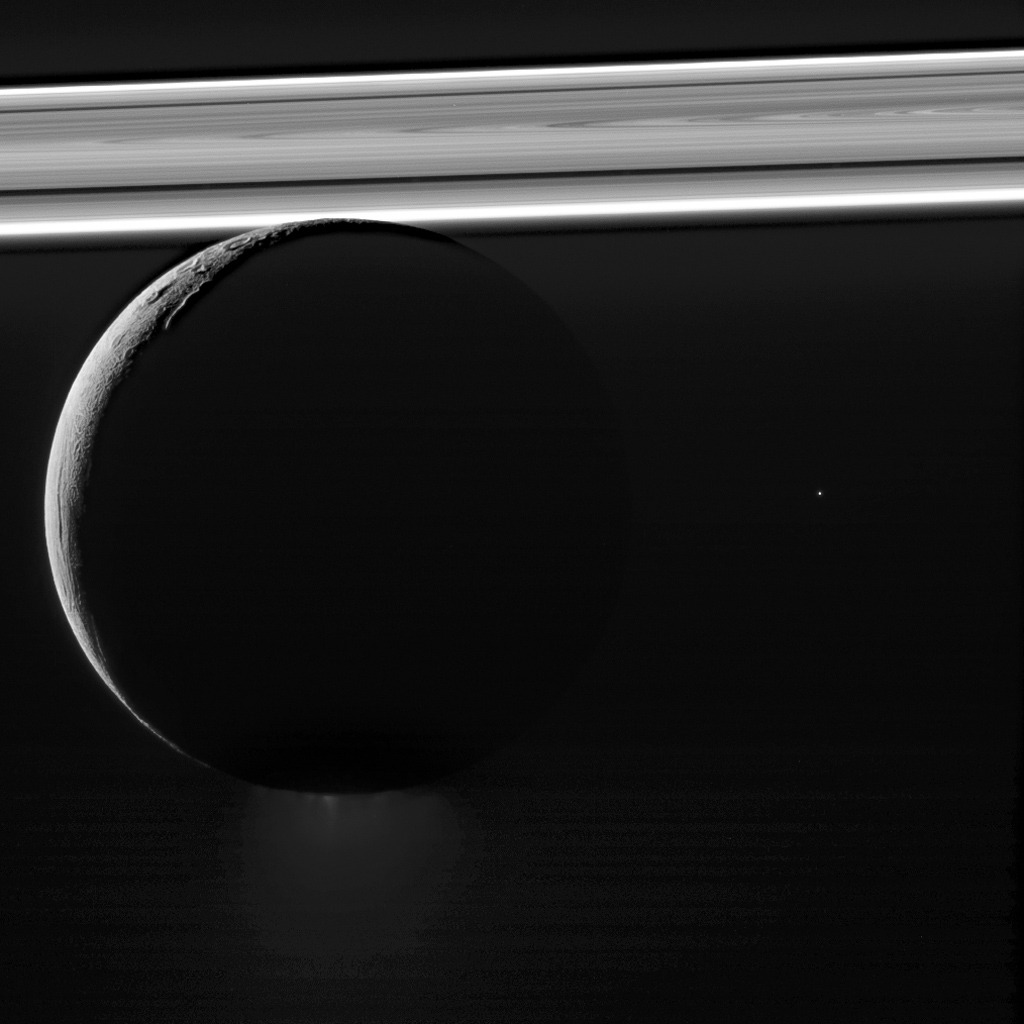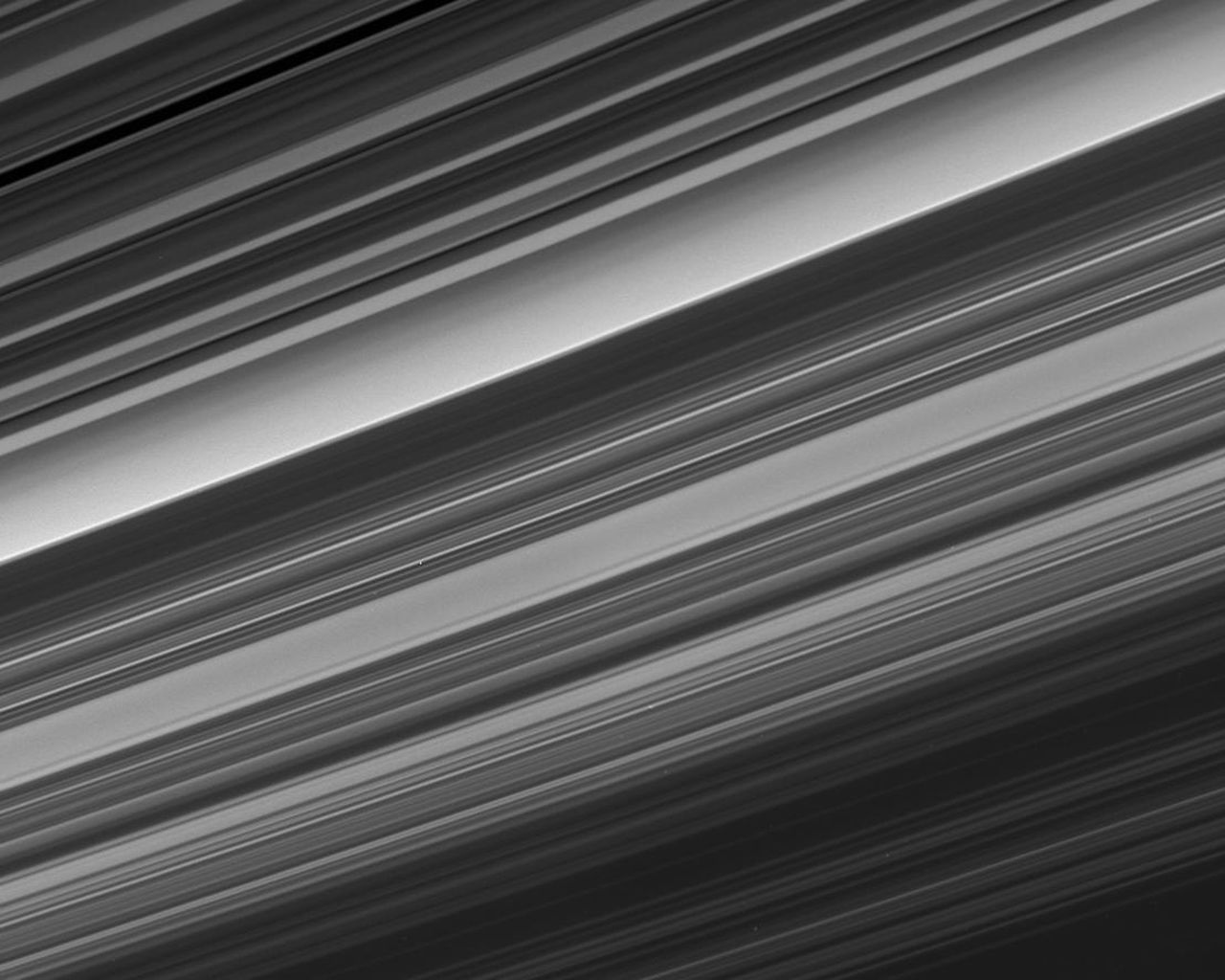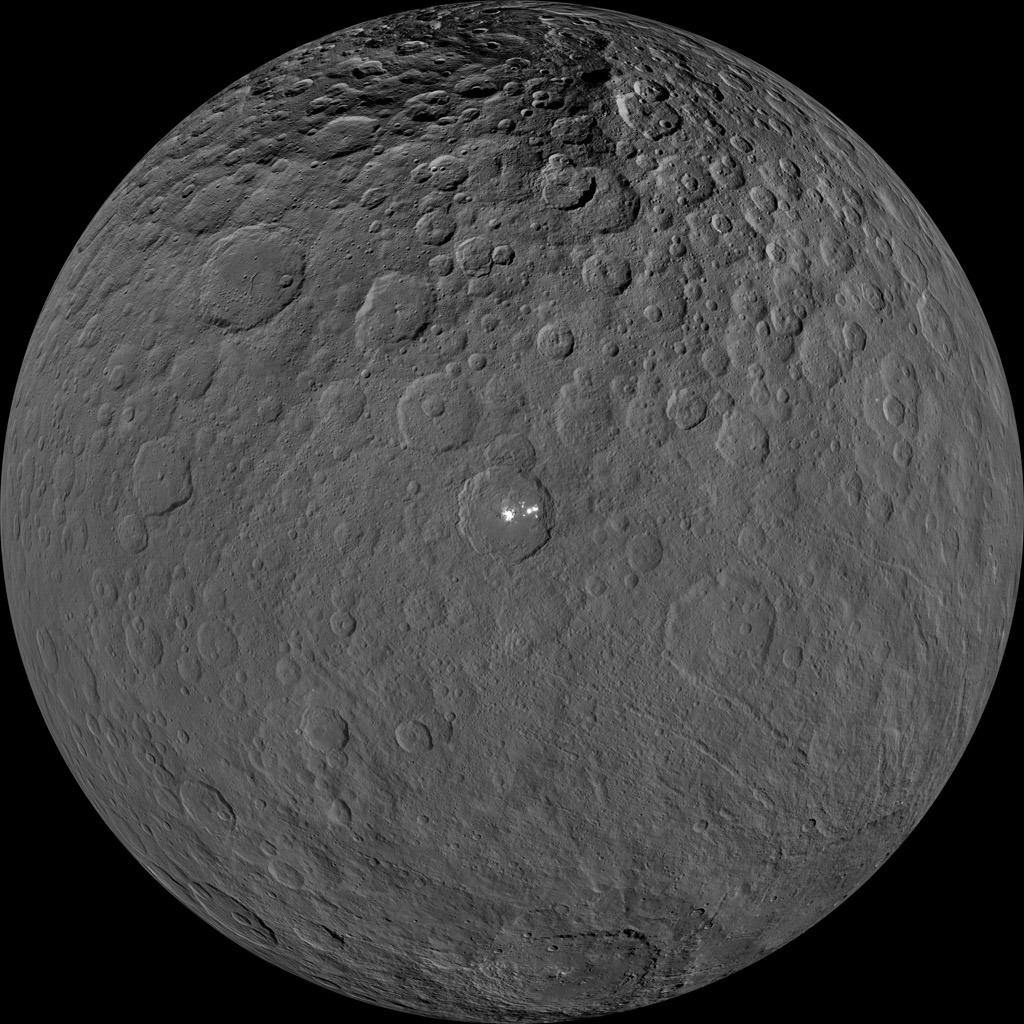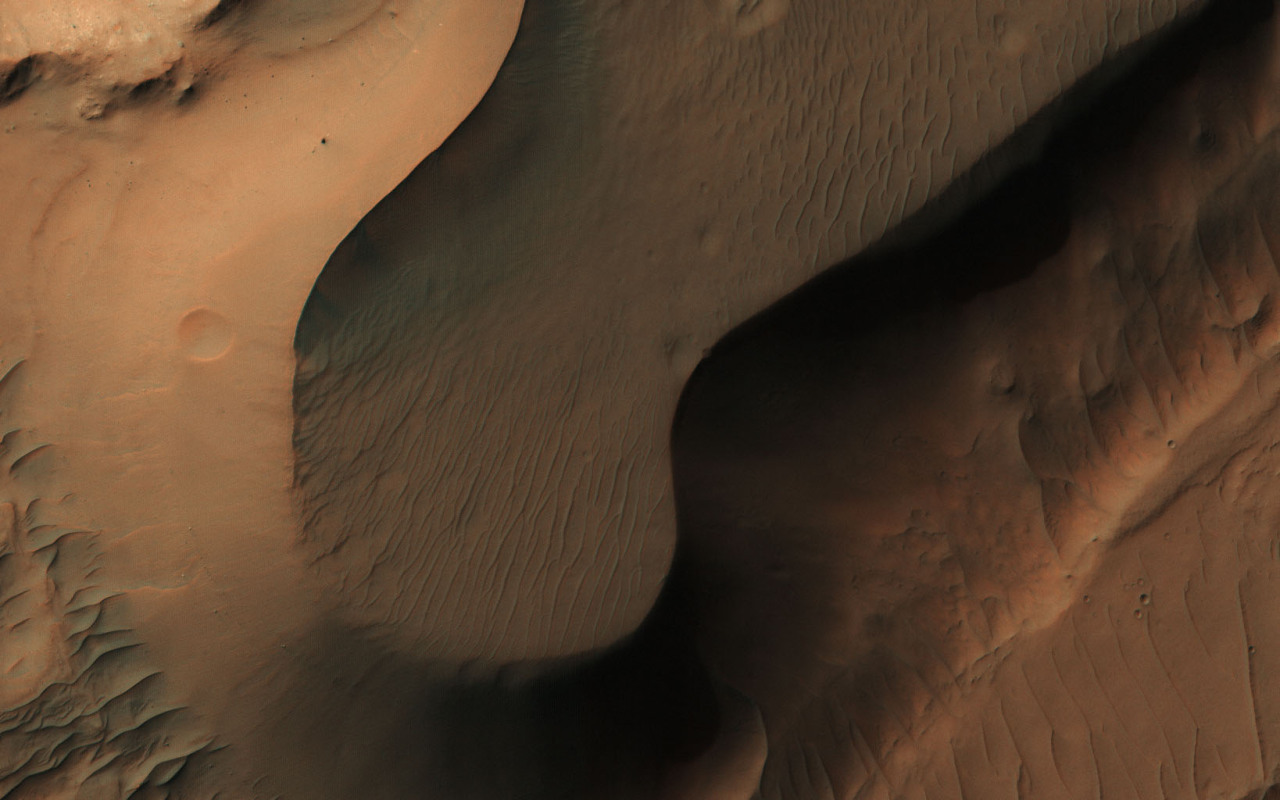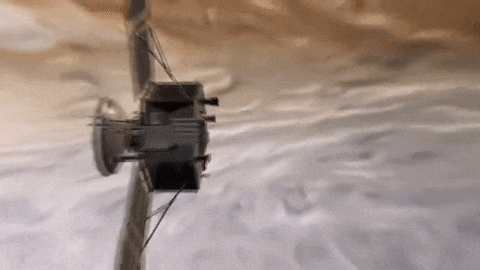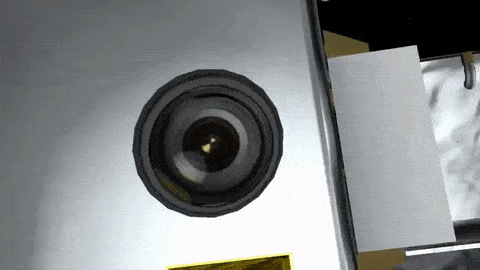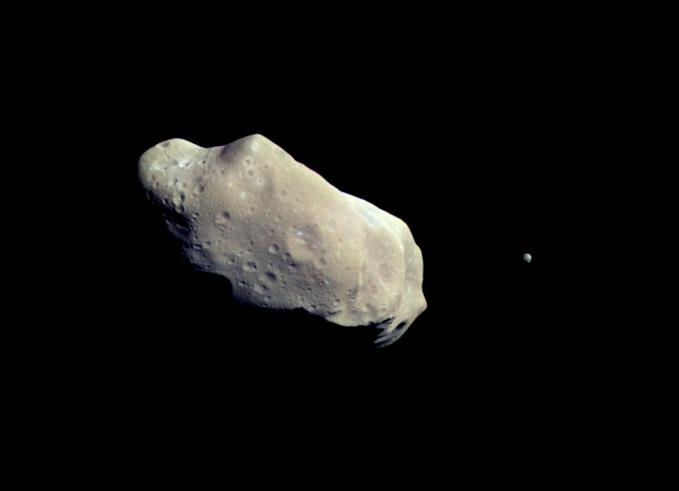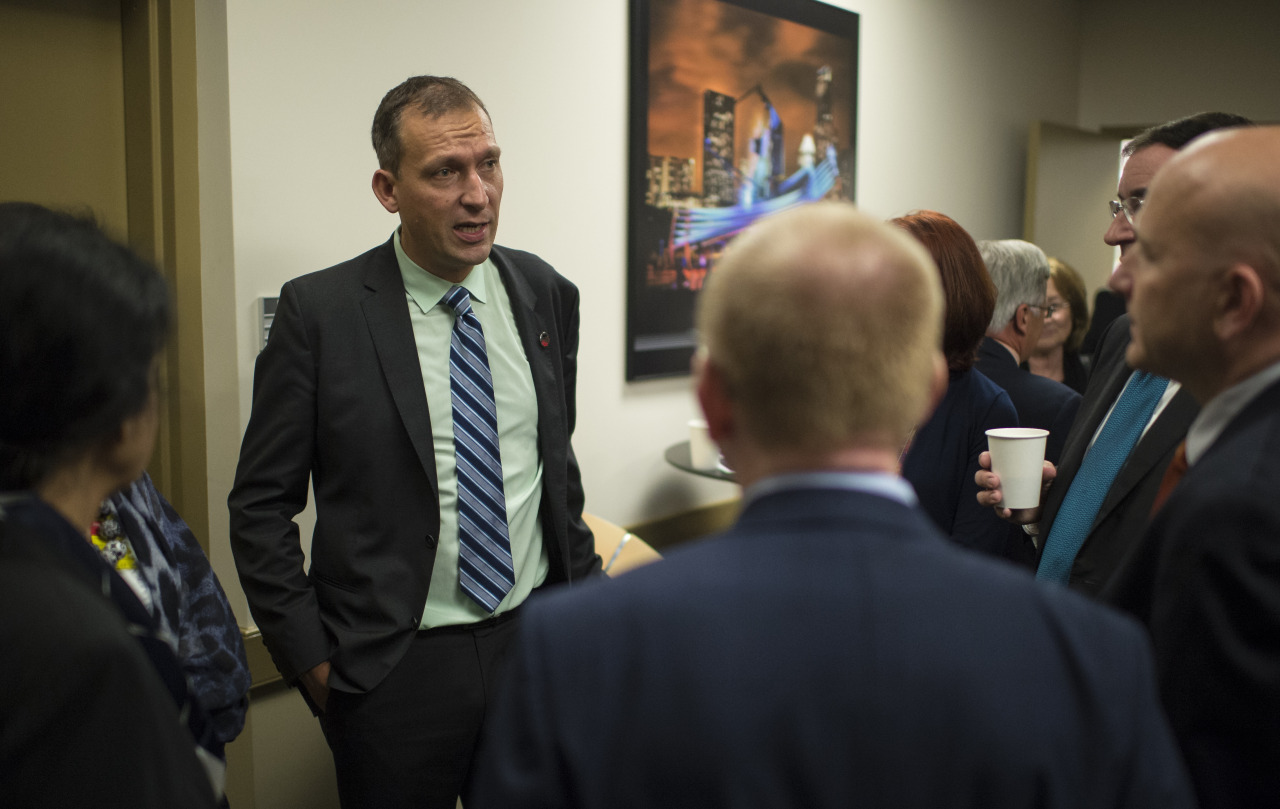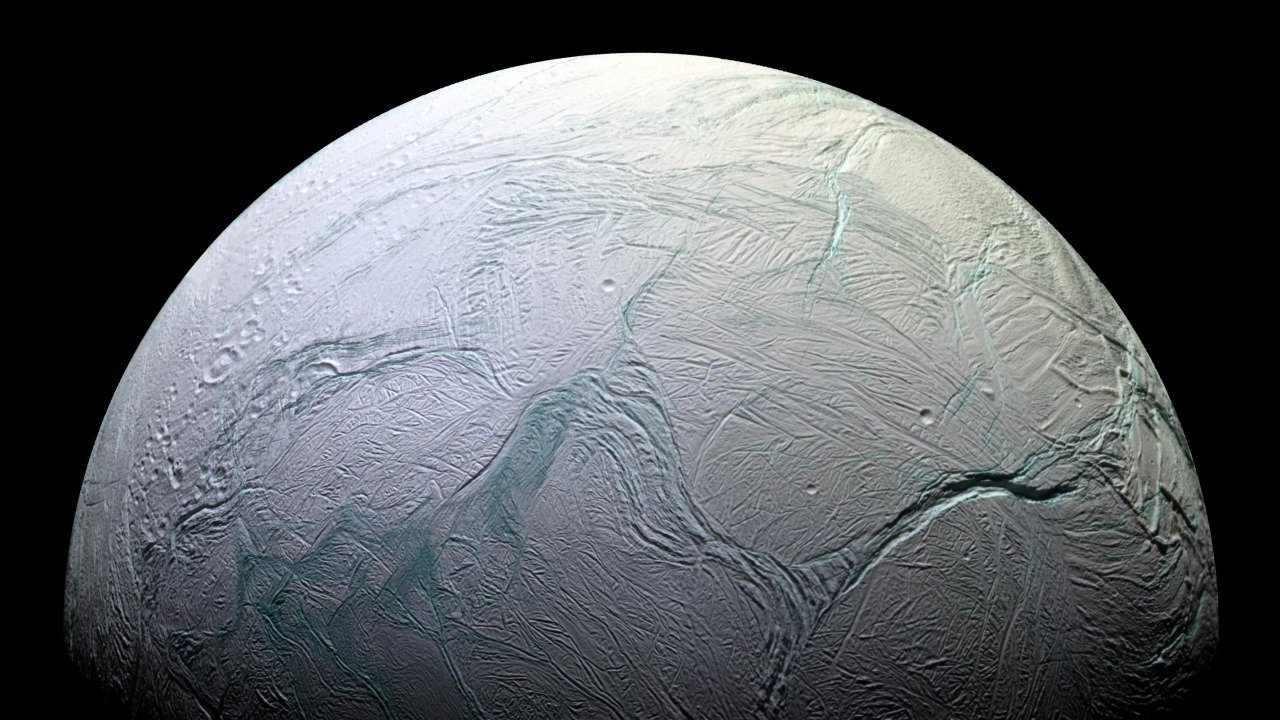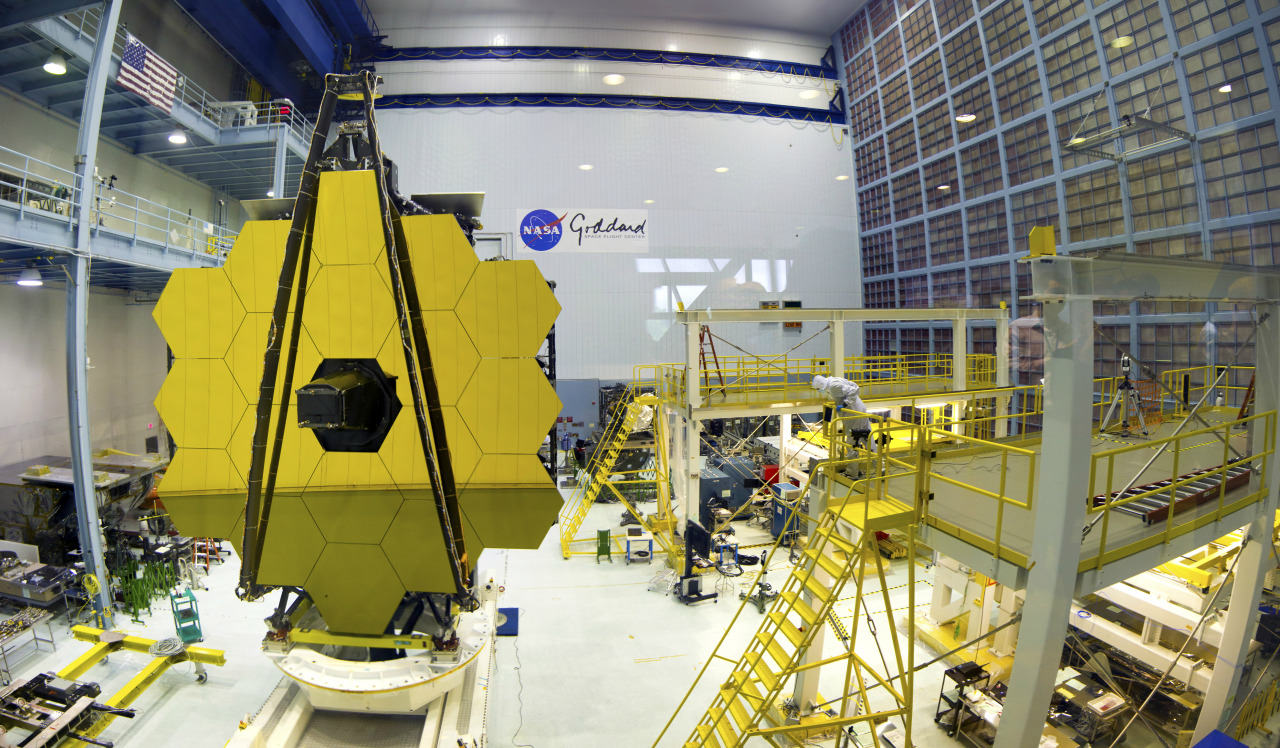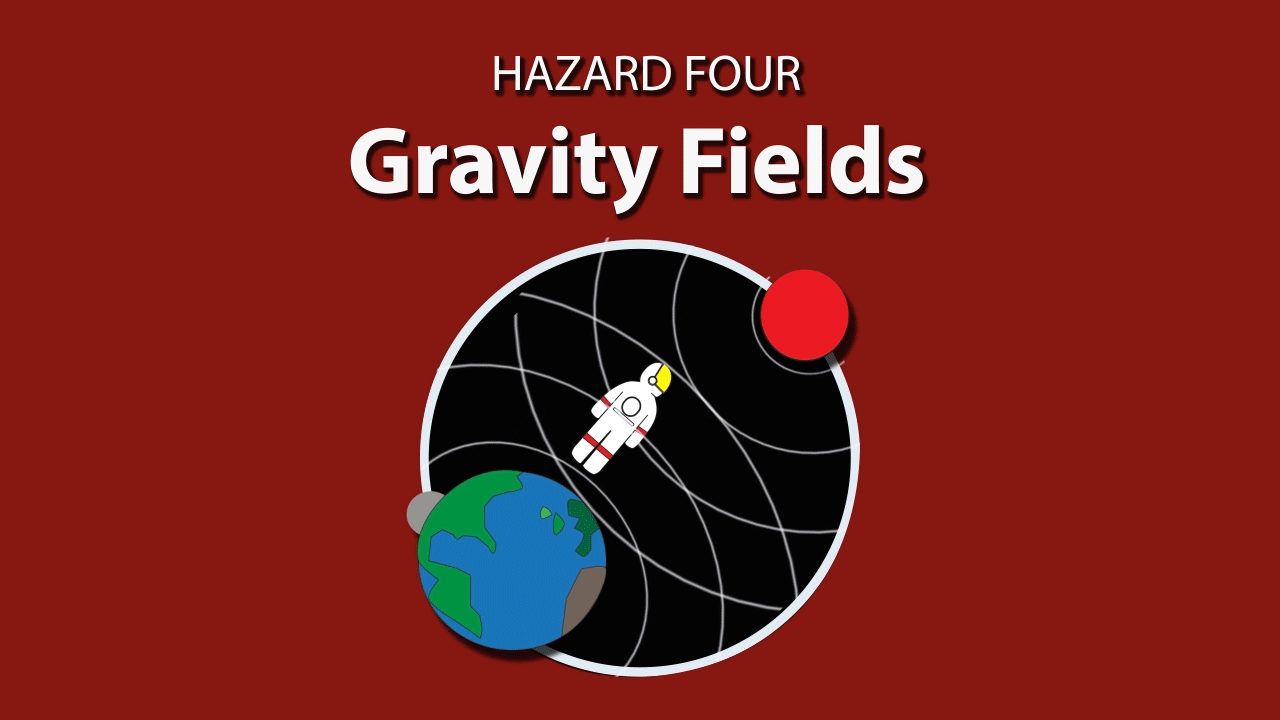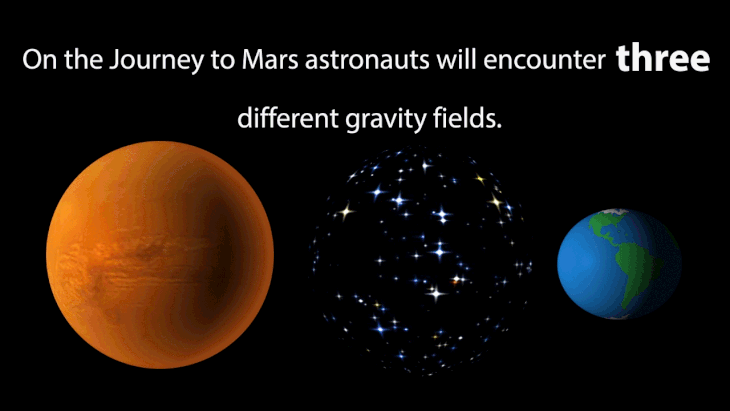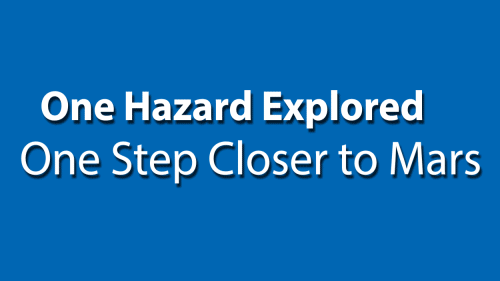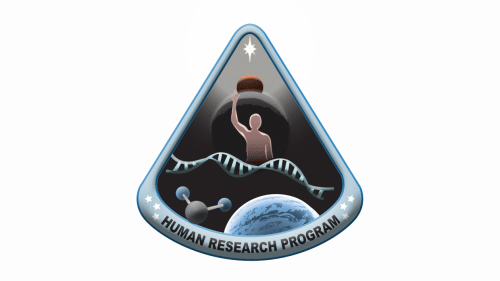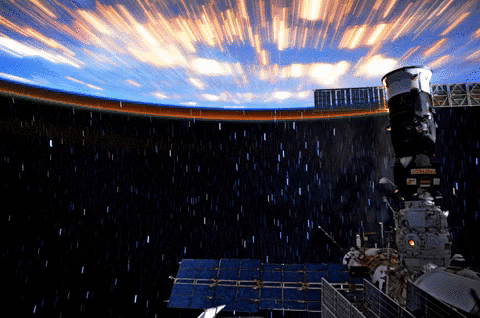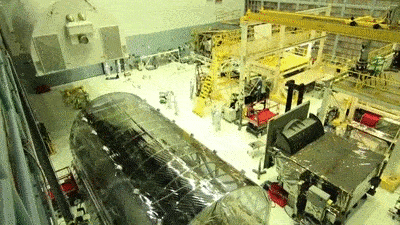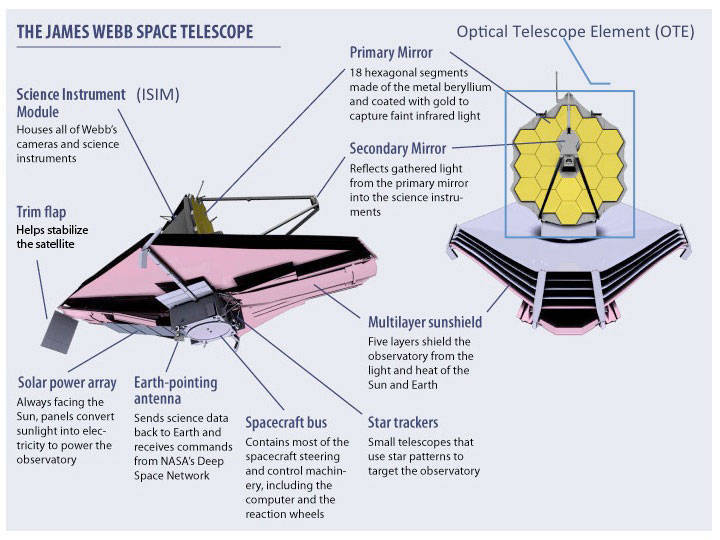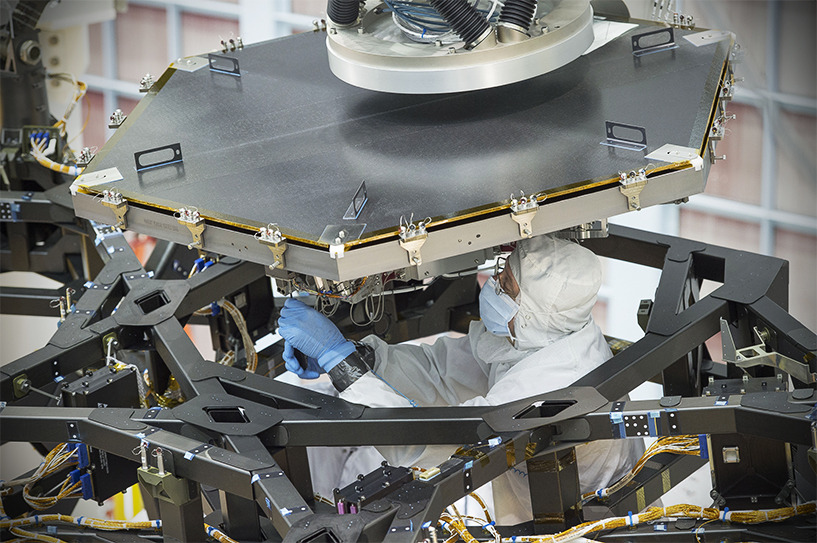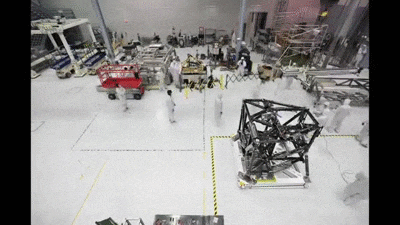10 Questions for Our Chief Scientist
NASA Chief Scientist…pretty cool title, right? The office represents all the scientific endeavors at NASA, ensuring they’re aligned with and fulfilling the administration’s science goals.
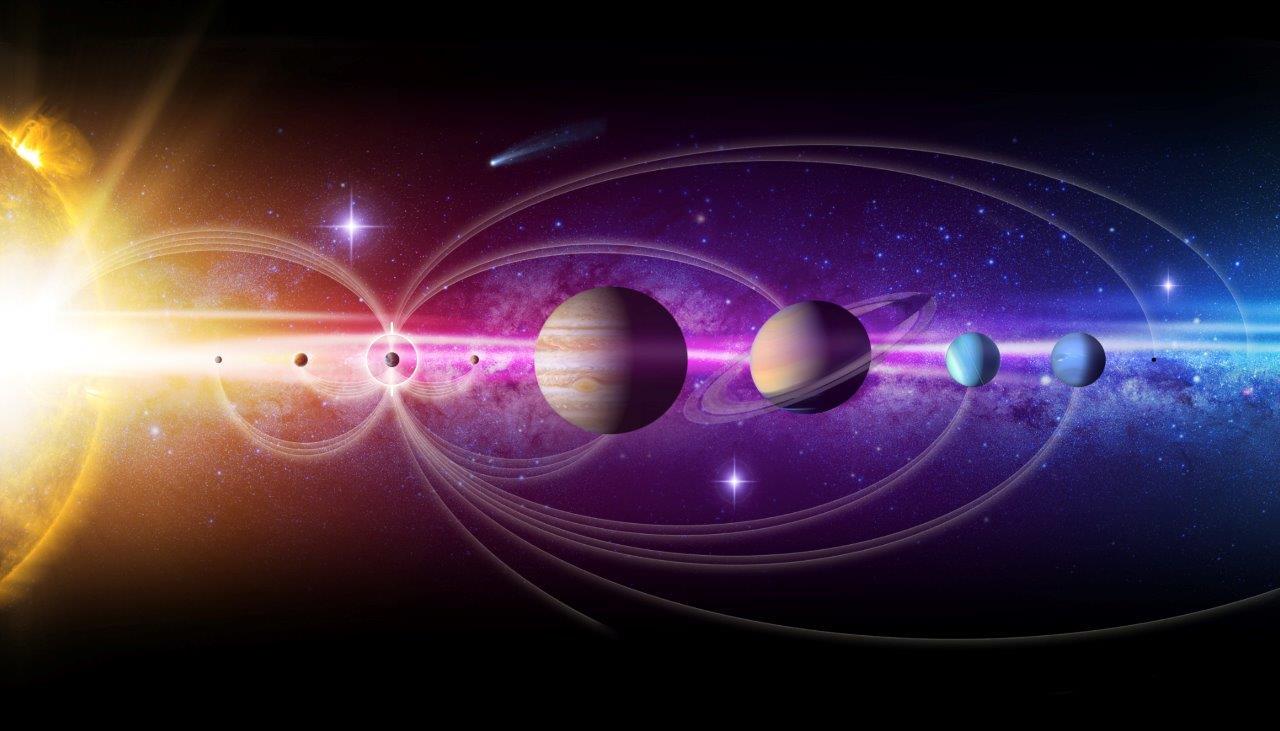
After more than three years as Chief Scientist, Ellen Stofan is departing for new adventures. We caught up with her to ask 10 questions about her role and what she will miss most after she leaves the agency. Take a look…

1) What were some of your expectations coming in as NASA’s chief scientist?
When I started as Chief Scientist, all I knew is that I would be science advisor to the Administrator, Charlie Bolden, overseeing the agency’s science portfolio. What I did not realize at the time was the degree that I would be impressed by him.
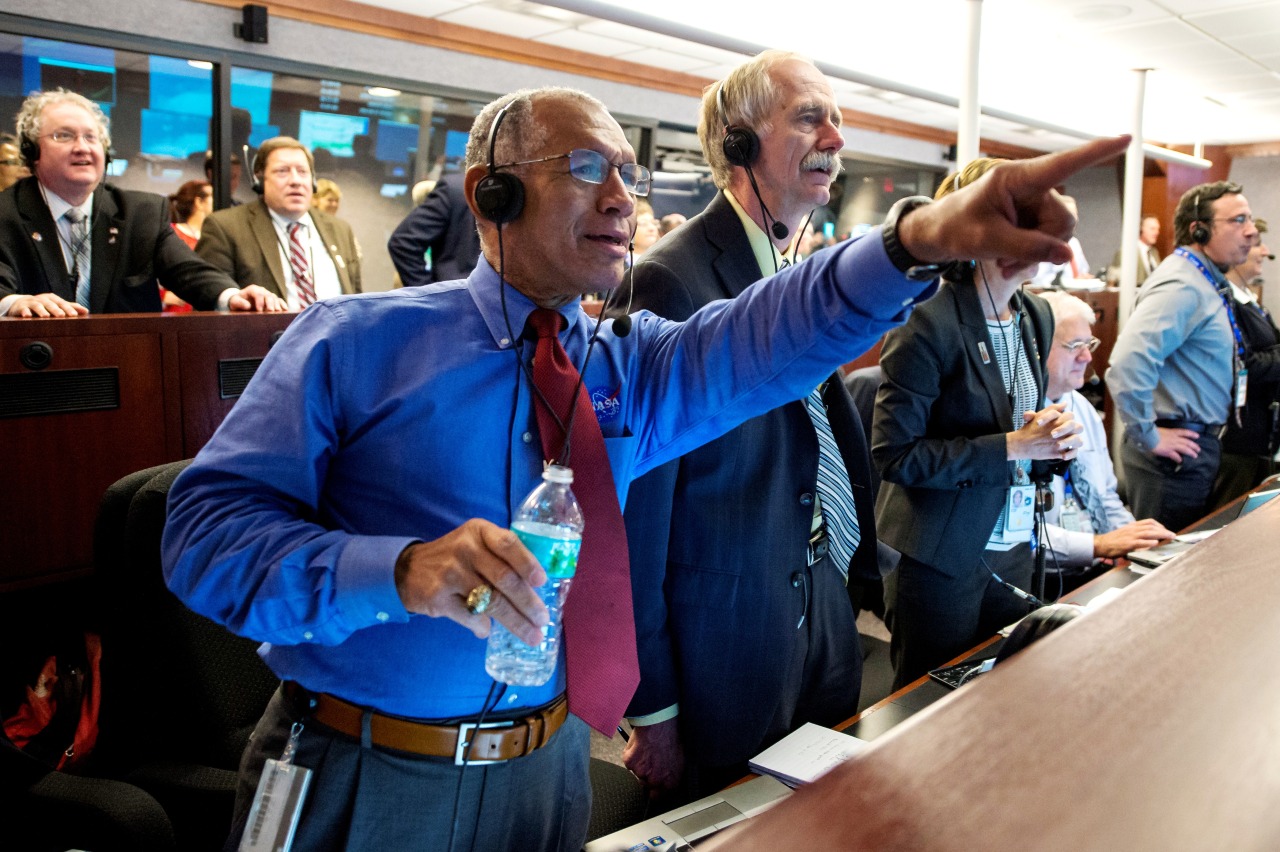
Charlie is an amazing leader who deeply cares about each and every person at this agency. He makes everyone feel valued. That is why NASA has just been voted by our employees for the fifth straight year as the Best Place to Work in the federal government!
2) What do you think it the next big thing for NASA science?
Looking across our science portfolio, I think the most exciting area, which actually connects everything we do, is the search for life beyond Earth. People have long wondered if we are alone, and we are now actually going to answer that question in the next few decades. We are exploring Mars, where it is very likely that life evolved at around the same time life evolved here on Earth. Conditions on Mars deteriorated after about a billion years, so life either went underground, or became extinct. It will likely take future Mars astronauts to find the best evidence of Mars life.
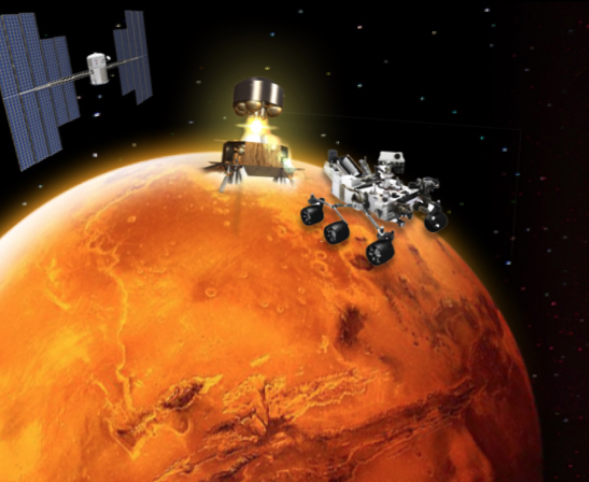
We also are planning to explore the ocean worlds of the outer solar system, like Europa, where we might find life in subsurface oceans. Beyond our solar system, the thousands of planets discovered by the Kepler Space Telescope have made me very optimistic that we are close to finding an Earth 2.0—though that will take us a little longer.
3) NASA science rewrites textbooks all the time. What is something you’ve seen here that has the potential to occur in the future that will change the textbooks for kids of tomorrow?
For kids 16 and under today, for every day of their life, we have been living and working in space on board the International Space Station. Now we are ready to take that next step in the coming decade, to move humans beyond low-Earth orbit where we have been for such a long time, out to the vicinity of the moon and then on to Mars.

These kids are the “Mars generation,” and the exploration of Mars will change our outlook in profound ways, from looking back at Earth – that will just look like another star – to finding evidence of life beyond Earth. So it will not just change science textbooks, it will change how we look at ourselves when we become a multi-planetary species.
4) Behind every pretty space image is a team of scientists who analyze all the data to make the discovery happen. What do you wish the public knew about the people and work that goes into each of those pretty pictures?
It really does take a team. When I go out and talk to school kids, I tell them learning how to be a good member of a team is so important in life. You need to learn to be a leader and a follower, and above all a listener. Our teams at NASA are becoming more and more diverse, which is incredibly important. If everyone looks the same and comes from the same background, they are likely to approach problems the same way. And when you are trying to do tough things – from addressing climate change to sending humans to Mars – you need the best team, which means a diverse team.
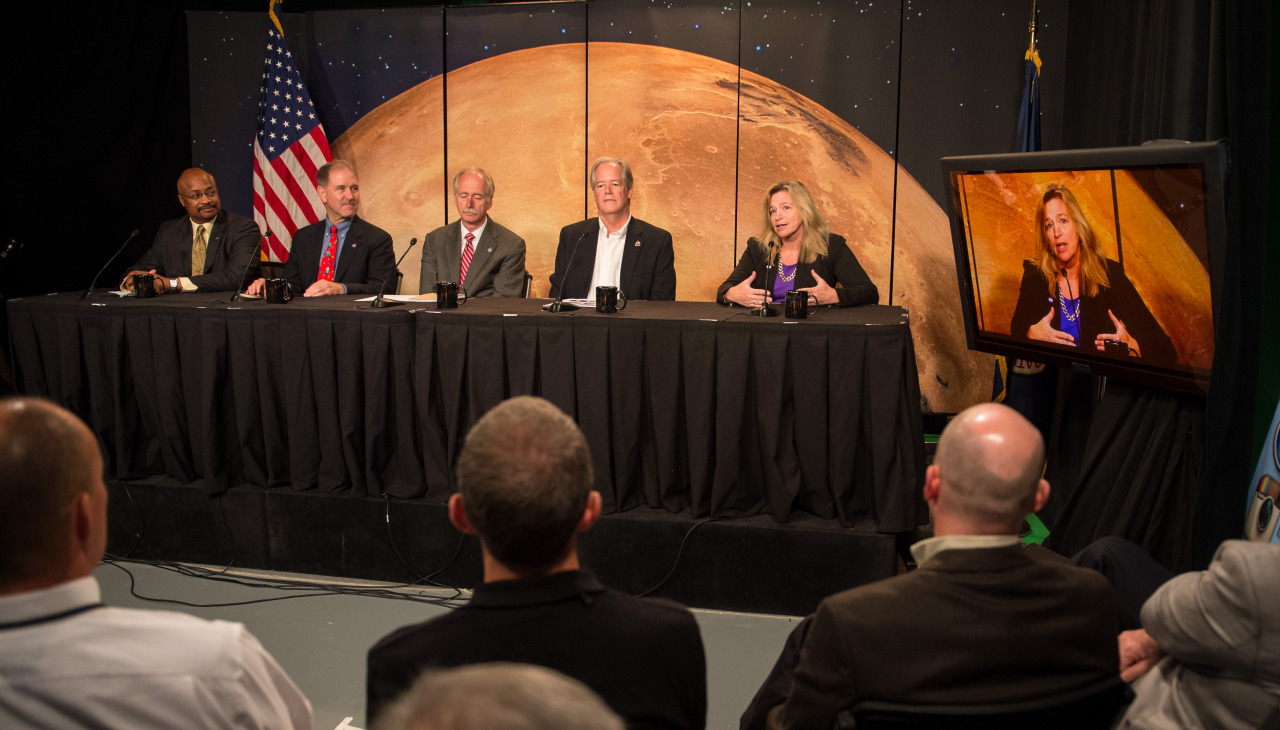
5) We have a lot of opportunities for citizen science. What’s one opportunity you wish everyone knew about that they could get involved with at NASA?
Go to www.nasa.gov/solve where you can find all kinds of great opportunities to join us at NASA in searching for planets around other stars, exploring Mars, helping us gather data about this planet, and tackling technology challenges. We really are stronger together, and getting the public involved in what we do is helping us get more good science every day. Even more importantly, it lets people know that science is fun!
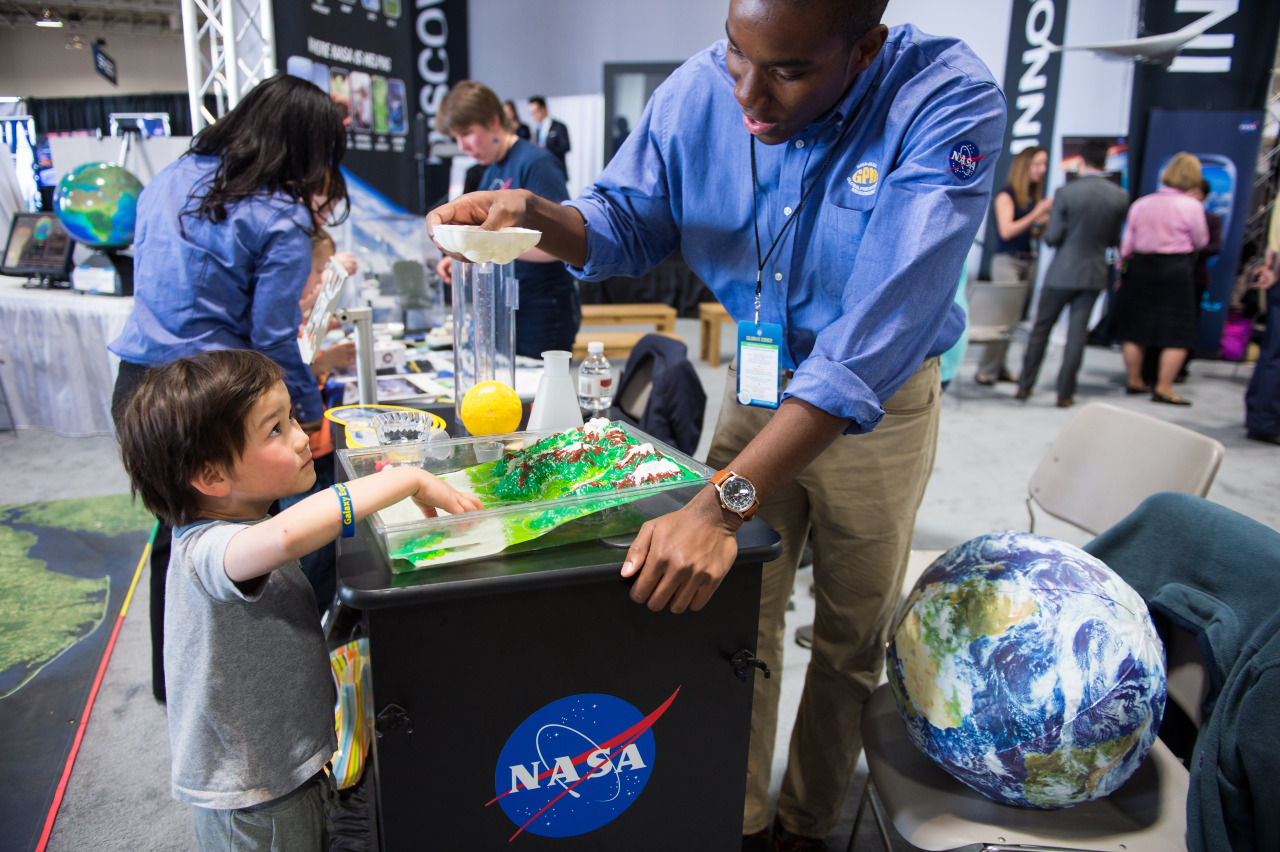
6) What changes did you make at the agency while you were there?
As Chief Scientist, I got to work on a lot of fun challenges, from our strategy on how to get humans to Mars, to learning about and promoting the research we do every day on the International Space Station. But one of the things that I am most proud of is that, working with my team, NASA now collects voluntary demographic data on all of our grant proposals. Implicit or unconscious bias is all around us; we may act on deep-seated biases that we don’t even know we have. The first step in dealing with bias is seeing if you have a problem, and that is what the data collection will tell us.
7) You worked a lot with kids as the agency’s Chief Scientist. How important do you feel STEM education is for NASA?
We need the next generation of scientists, doctors, computer programmers, technologists and engineers, and NASA provides the inspiration and hands-on activities that help get kids interested in science. Because of climate change, we are facing rising sea levels, changing patterns of agriculture, and changing weather. We need good engineers and scientists to help us mitigate the effects of climate change and reduce carbon emissions.

On top of that, we live in a society that is dependent on technology; I don’t think most of us can go very long without checking our smartphones. But as technology becomes more complex, we need everyone in society to have at least a basic understanding of it, and that’s where the importance of STEM education comes in. We are ALL consumers of science and technology. We all need to be informed consumers.
8) What solar system destination are you still most excited/eager for NASA to still go explore?
As a planetary geologist, I am most excited by one of the ocean worlds of the outer solar system. Titan, one of Saturn’s moons, is an amazing little world where it rains, and the liquid forms rivers, lakes and seas. But this liquid is actually liquid methane and ethane –basically gasoline, rather than water – due to the extremely cold temperatures out by Saturn.
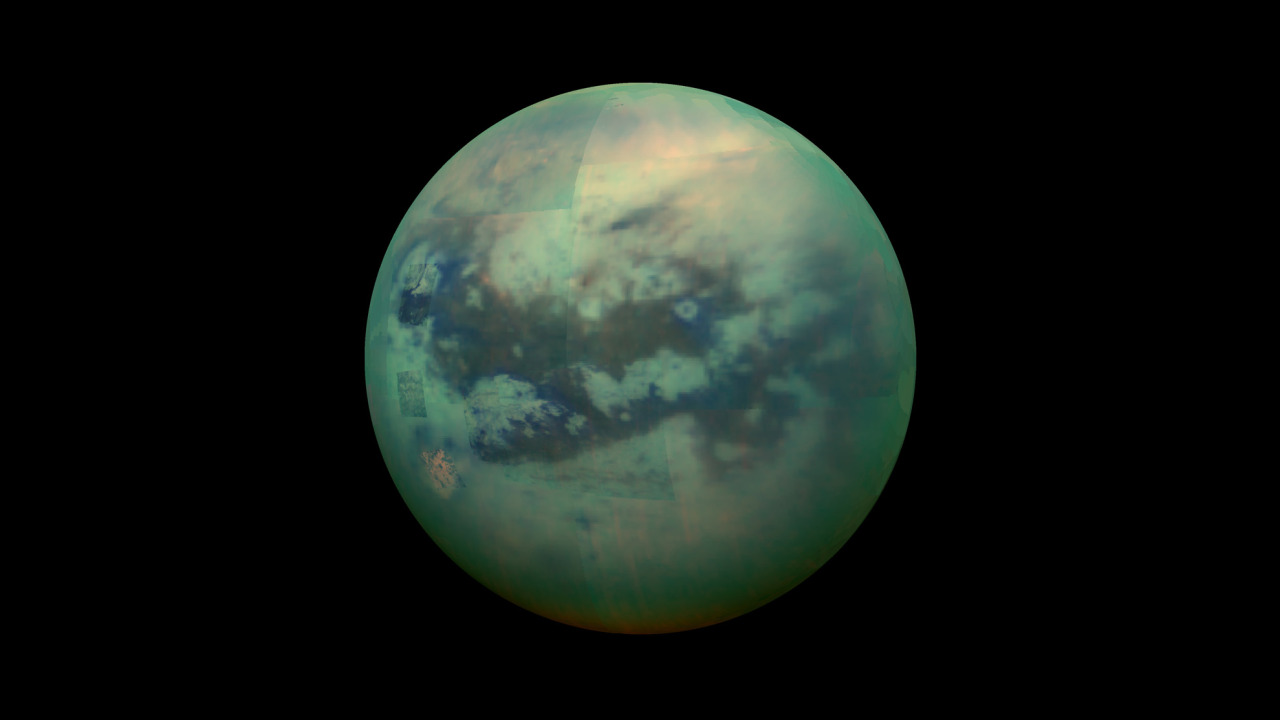
Titan is an excellent place to explore to help us better understand how oceans and atmospheres interact, and maybe even understand more about the limits of life. We think water is critical to the evolution of life, but Titan may tell us that having a liquid is the most important factor.
9) What will you miss most?
It’s the people of NASA whom I will miss the most. Everyone I work with is so committed to the mission of this agency—pushing back the frontiers of science and technology to accomplish great things for the nation. NASA represents the best of this country. We demonstrate that with hard work and determination, we can explore the universe, our galaxy, our solar system and our home planet.
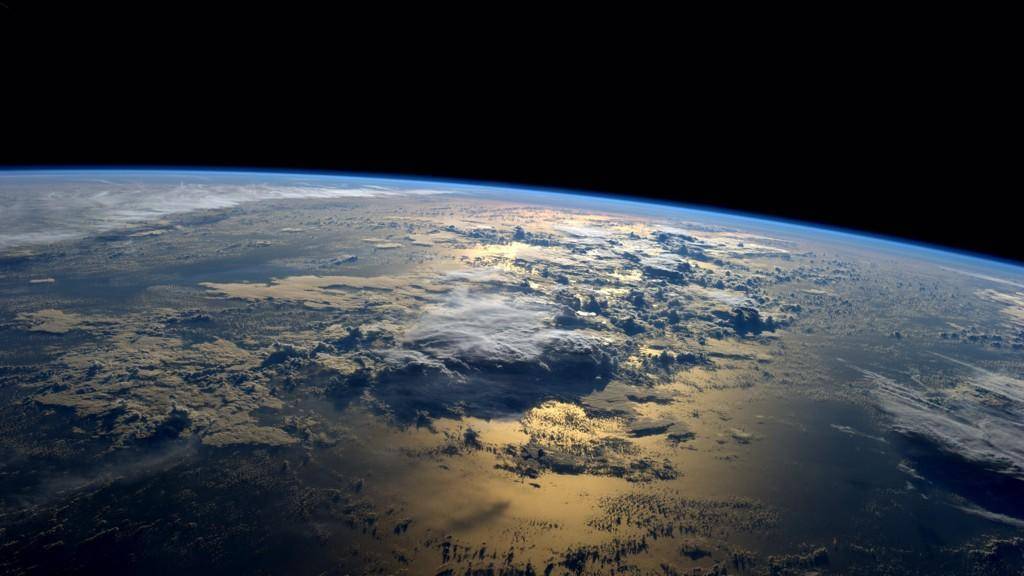
Our partnerships with other space agencies from around the world and with the private sector here have shown me that great teams accomplish great things. I like to say that NASA is the keeper of the future—we don’t just wait for the future to happen. We work to create it every day.
10) In your opinion, after seeing everything you’ve seen here, why should people care about the science at NASA?
At NASA, we gather the data to help answer the most fundamental and profound questions: Where did we come from? How does our planet and our universe work? What is the fate of our planet? It is only by exploring, by making measurements, by answering scientific questions that we can move forward as a society. And in doing so, we push technology and engineering in ways that benefit us every day right here on Earth.
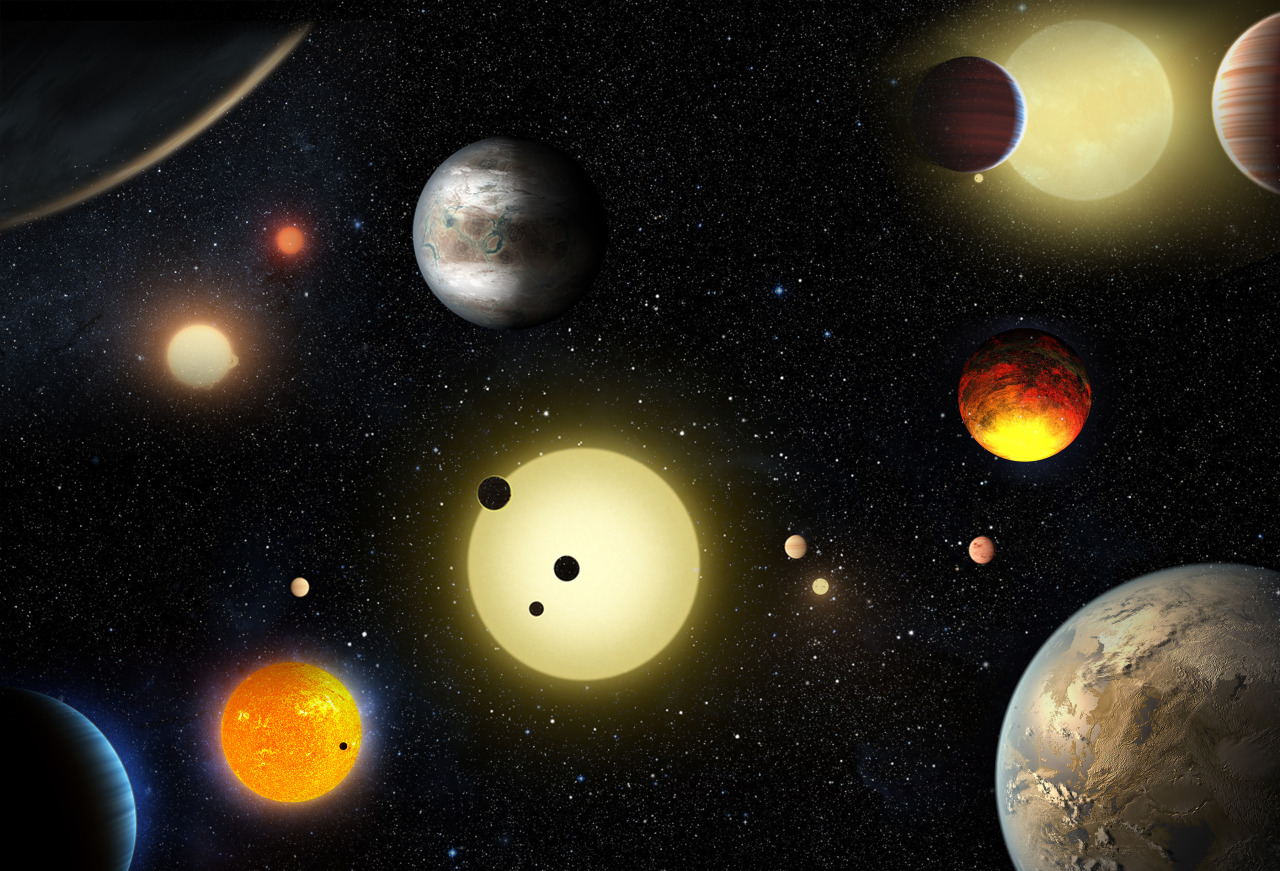
NASA makes measurements that show how the sea level is rising, how Arctic ice is melting, and how weather patterns are changing. We also gather data to help farmers grow more crops using less water, help understand our water resources, and do the research to improve forecasting. These data keep us secure and improve the quality of life on Earth every day.
Make sure to follow us on Tumblr for your regular dose of space: http://nasa.tumblr.com





